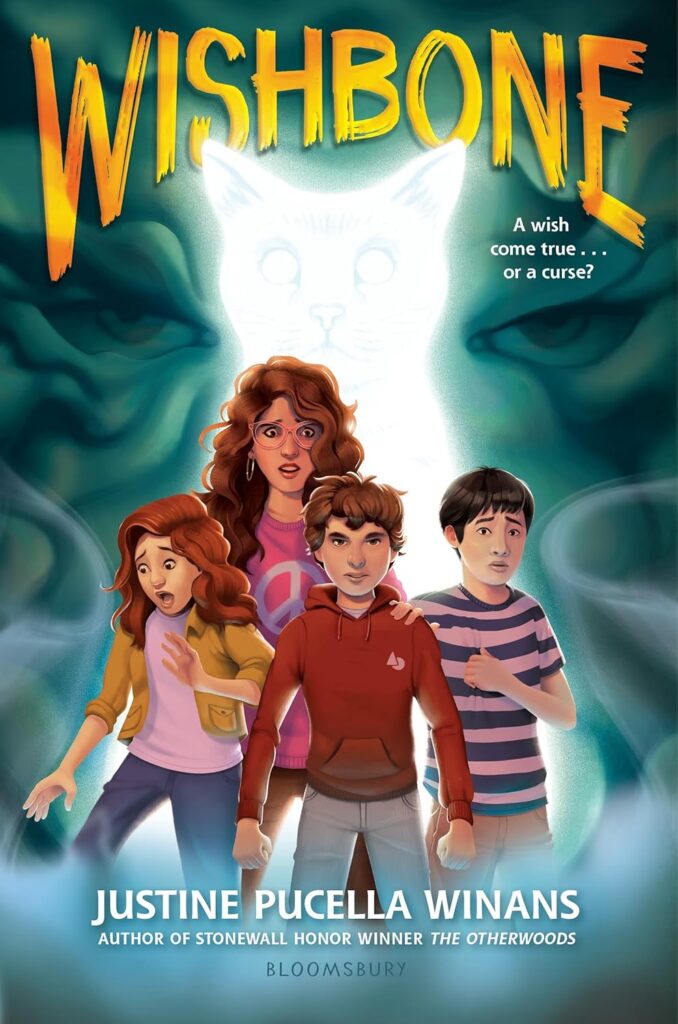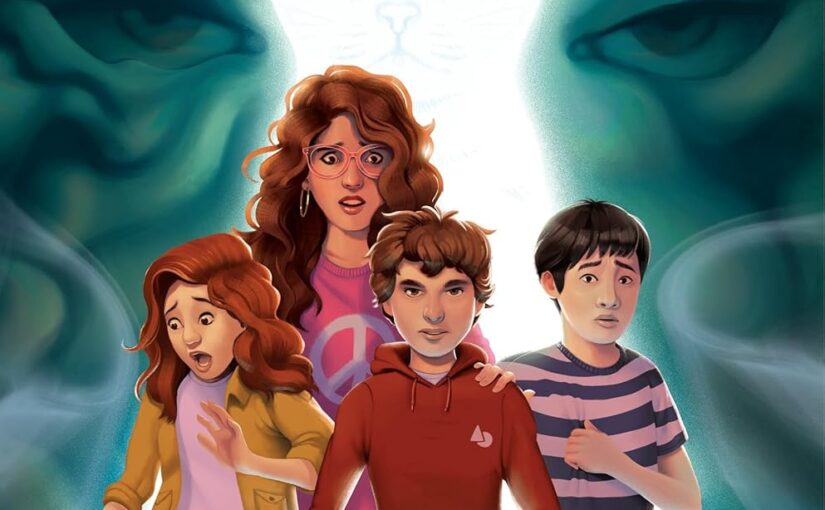This is a very gay book. This is a very queer book. Wishbone wears either descriptor as its badge of honor and positions itself as the queer hybrid between A Nightmare on Elm Street and Stranger Things. There are some interesting horror angles presented in Wishbone, but this is mglit that’s about reassuring gay, queer, and trans kids that they have a place in society to be themselves. It’s about an 80/20 split on the lifestyle and interpersonal story to the horror angles. By looking at the written description on Amazon, the book is also disingenuous and looks like it’s trying to present itself from two fronts. A casual look will tell you that it’s about a kid confronting their bullies who is granted the powers of magic wishes, however just by looking at the back jacket you’ll see what the heavier ratio of the book is about.

Ollie is a teen who is trying to fit in and find their way. He’s a boy, who sometimes feels like a girl-and even that goes sideways when their new neighbor, Noah, moves in. Ollie’s sister, Mia, has a crush on her boyfriend’s sister. Thankfully all of that, except for the neighbor moving in, is laid out for audiences in the first two or three chapters; lest any narrative be allowed to be discovered by readers on their own.
Wishbone is a two-tailed cat that the duo discovers early on in the book. She’s being chased by The Mage, a skinny, scaly monster creature with smoke coming from its eyes. The Mage is from The Backward Place, see: the upside down, and has world-ending implications for everyone, starting in their little corner of California.
There aren’t any heal-measures about Wishbone. The story of Ollie being teased and bullied by a local is one that kids will understand. Those same kids will enjoy thinking about a two-tailed cat that can grant wishes, and then ponder about the ones they could ask about. It’s when Ollie and Mia inadvertently say “I wish….” around Wishbone, and it comes true that they suspect there’s something magic about the cat. They then wish for their parents to stop fighting, for the bully to no normal and for everything to go their way, which it does, until it doesn’t.
Even before the plot kicks off in earnest there are some glaring inconsistencies. The family lives near the beach in California, yet they’re struggling for money. I’m no real estate expert, but sell your house, move to the suburbs and live on less money than you make. When their mom and dad stop fighting and start being amorous, because of one of the wishes, they start having date nights and going out, even though they were financially strapped a couple of chapters earlier.
When the siblings enter the ‘wish’ stage of the book it’s dreamy and fun to think about it for sure, but they still manage to whine too much. They’re not sure about this, the neighbor is cute, but I still want to read books about demi-boys, what if my boyfriend finds out about my crush? Some mglit readers want to read about trans and queer struggles, but as a whole, it doesn’t matter to them and they won’t seek out a book geared towards that. They’re not anti-queer, but it’s the difference between a book with a gay character, and being a gay book. The former puts the book first and has a gay character, whereas the latter is a book that’s created for LGBTQ audiences or to sway interest and opinion. That’s one reason Thor: Love and Thunder and Star Wars: The Acolyte were received so badly.
Those properties are well known and successful, but those entries went too far off script from what the audience was expecting. Wishbone is its own entity, and while its blurbs establish Winans’ previous book as being something more than just a spooky book for middle-grade readers, it doesn’t portray how much message there is in this one. It was reminiscent of ‘stop trying to make fetch happen.’ Readers will certainly accept gay, trans or bi characters in books if they know they’re a key element in their literature.
However, for a group of reluctant readers, it’s an almost impossible task to aim a book to about a group that they have no interest in unless they are a member of that group. Middle school audiences need to read about treating people with kindness and accepting others for who they are, but when it’s done with trickery it’s apt to cause derision instead of what’s intended. Wishbone is very similar to Winans’ other book that we read, The Otherwoods. That had a horror setup too, was less whiny than this, but still would’ve frustrated mglit audiences who aren’t expecting an LGBTQ joint.
Wishbone is by Justine Pucella Winans and is available on Bloomsbury Kids, an imprint of Bloomsbury Books.
There are affiliate links in this post.





 Facebook
Facebook Twitter
Twitter Flickr
Flickr GooglePlus
GooglePlus Youtube
Youtube